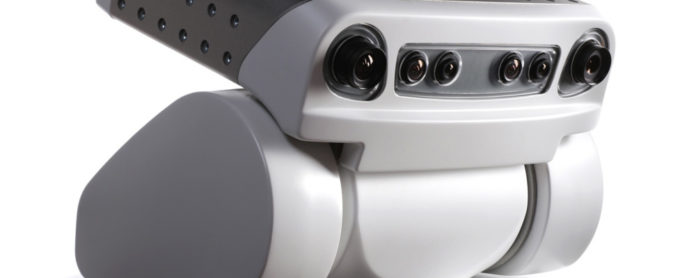If you’ve ever watched a child trying to fit a shape into a cut-out, you might get a flash of déjà vu in the following robot video. It takes some repeated smashing together of mismatching configurations, but eventually—the bot figures things out all on its own. No additional programming required.
Using a deep learning technique similar to those that have been successfully advancing speech and image recognition, University of California, Berkeley researchers are developing robots that learn motor tasks by trial and error. They say their approach more closely approximates human learning.
In the video, we see the Willow Garage PR2 robot learning to play with Legos and a variety of other simple tasks, from screwing on a bottle cap to assembling a toy plane and inserting a shoe tree.
Abilities like this are critical if robots are ever to move out of closely controlled factory settings and into more chaotic and unpredictable environments like homes and offices. And of course, that’s been the dream since Rosie and the Jetsons. To realize it, however, a robot needs to perceive its surroundings, adapt to change, and master many tasks. Ideally, this doesn’t involve re-writing its software for every new situation.
“The key is that when a robot is faced with something new, we won’t have to reprogram it,” says UC Berkeley’s Professor Pieter Abbeel, one of the project’s leaders. “The exact same software, which encodes how the robot can learn, was used to allow the robot to learn all the different tasks we gave it.”
The other key? Lots and lots of data and the computing power to plough through it.
BRETT, or Berkeley Robot for the Elimination of Tedious Tasks, records its surroundings with cameras and scores its own performance after each try. As it moves through a task, success is determined by a neural net of 92,000 parameters—these are calculated and recalculated as the robot nears a solution.
Though a similar approach is used in speech and language recognition, motor skills are a harder problem.
“Moving about in an unstructured 3D environment is a whole different ballgame,” says PhD student Chelsea Finn. “There are no labeled directions, no examples of how to solve the problem in advance. There are no examples of the correct solution like one would have in speech and vision recognition programs.”
BRETT moves slowly, as most robots like this do. But with a few hints (e.g., the coordinates for a task’s beginning and end points), the robot can learn a new job in about 10 minutes. Without any clues about the scene, the robot takes something like three hours to figure things out.
The team expects improved performance in the coming years. As programs get better at processing big datasets, and with more data, learning more complex tasks becomes feasible.
“We still have a long way to go before our robots can learn to clean a house or sort laundry,” says Abbeel. “But our initial results indicate that these kinds of deep learning techniques can have a transformative effect in terms of enabling robots to learn complex tasks entirely from scratch. In the next 5 to 10 years, we may see significant advances in robot learning capabilities through this line of work.”
Image Credit: Willow Garage



